Metallic bond minerals, often found as ores in the Earth’s crust, have been a significant component of various industries such as manufacturing, construction, and transportation. These minerals possess unique properties that make them invaluable for the development of advanced technologies and products. In this article, we will explore the significance of metallic bond minerals and their potential to revolutionize industries. 1. Understanding the Metallic Bond: The metallic bond is a type of chemical bonding that occurs between atoms within metallic minerals.
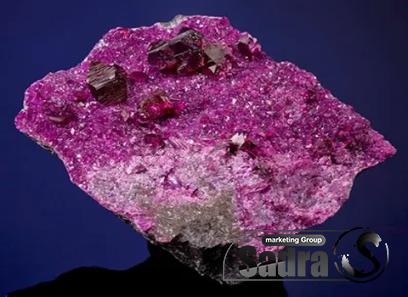
.
 It is characterized by the delocalization of electrons, which results in the formation of a shared electron cloud or “sea” of electrons. This cloud allows for an excellent conduction of heat and electricity, as well as the characteristic luster and malleability associated with metals. 2. Widely Used Metallic Bond Minerals: a) Copper: Copper, with its exceptional conductivity and corrosion resistance, is widely used in electrical wiring, plumbing, and electronics. It is also essential in the construction industry for roofing, plumbing fixtures, and heat exchangers. b) Aluminum: Known for its lightweight nature, high strength-to-weight ratio, and excellent corrosion resistance, aluminum is extensively used in the transportation sector, particularly in the production of automobiles, aircraft, and railway systems.
It is characterized by the delocalization of electrons, which results in the formation of a shared electron cloud or “sea” of electrons. This cloud allows for an excellent conduction of heat and electricity, as well as the characteristic luster and malleability associated with metals. 2. Widely Used Metallic Bond Minerals: a) Copper: Copper, with its exceptional conductivity and corrosion resistance, is widely used in electrical wiring, plumbing, and electronics. It is also essential in the construction industry for roofing, plumbing fixtures, and heat exchangers. b) Aluminum: Known for its lightweight nature, high strength-to-weight ratio, and excellent corrosion resistance, aluminum is extensively used in the transportation sector, particularly in the production of automobiles, aircraft, and railway systems.
..
 c) Iron: The most abundant metallic bond mineral, iron, is the backbone of the construction and manufacturing industries. It is utilized in the production of steel, which finds applications in infrastructure, machinery, and appliances. 3. Advancements in Metallic Bond Mineral Applications: a) Additive Manufacturing: The emergence of 3D printing has opened up new possibilities for metallic bond minerals. Industries can now create complex metal structures with precision and speed, leading to the development of lightweight yet sturdy components for aerospace, healthcare, and automotive sectors. b) Energy Storage: Metallic bond minerals such as lithium and cobalt play a crucial role in the production of high-performance batteries. These minerals are essential in the evolution of renewable energy technologies, electric vehicles, and portable electronics. c) Catalysts for Sustainable Processes: Transition metals like platinum, palladium, and ruthenium serve as catalysts in various industrial processes. They accelerate chemical reactions, reducing energy consumption and enabling sustainable manufacturing practices.
c) Iron: The most abundant metallic bond mineral, iron, is the backbone of the construction and manufacturing industries. It is utilized in the production of steel, which finds applications in infrastructure, machinery, and appliances. 3. Advancements in Metallic Bond Mineral Applications: a) Additive Manufacturing: The emergence of 3D printing has opened up new possibilities for metallic bond minerals. Industries can now create complex metal structures with precision and speed, leading to the development of lightweight yet sturdy components for aerospace, healthcare, and automotive sectors. b) Energy Storage: Metallic bond minerals such as lithium and cobalt play a crucial role in the production of high-performance batteries. These minerals are essential in the evolution of renewable energy technologies, electric vehicles, and portable electronics. c) Catalysts for Sustainable Processes: Transition metals like platinum, palladium, and ruthenium serve as catalysts in various industrial processes. They accelerate chemical reactions, reducing energy consumption and enabling sustainable manufacturing practices.
…
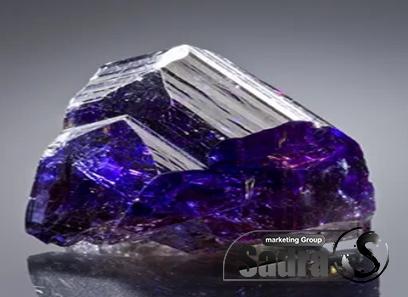 4. Challenges and Future Prospects: a) Sustainability: As industries strive for sustainable practices, mining and extraction processes need to be optimized to minimize environmental impact. Innovations in recycling and extraction techniques are crucial to ensure the responsible use of metallic bond minerals. b) Exploration of New Mineral Deposits: To meet the increasing demand for metallic bond minerals, the exploration and discovery of new deposits are essential. Advancements in mining technologies and exploration techniques can aid in locating untapped resources and reduce dependence on a limited number of mines. c) Technological Innovations: Ongoing research and development efforts are aimed at enhancing the properties of metallic bond minerals, such as making them stronger yet lighter, further expanding their applications across various industries. Conclusion: Metallic bond minerals have proven their worth in multiple industries due to their unique properties and versatility. As technological advancements continue to unfold, these minerals will undoubtedly play an essential role in developing sustainable, efficient, and groundbreaking solutions. Exploration, responsible extraction, and ongoing research are vital for harnessing the full potential of metallic bond minerals, creating a brighter future for various sectors reliant on their remarkable properties.
4. Challenges and Future Prospects: a) Sustainability: As industries strive for sustainable practices, mining and extraction processes need to be optimized to minimize environmental impact. Innovations in recycling and extraction techniques are crucial to ensure the responsible use of metallic bond minerals. b) Exploration of New Mineral Deposits: To meet the increasing demand for metallic bond minerals, the exploration and discovery of new deposits are essential. Advancements in mining technologies and exploration techniques can aid in locating untapped resources and reduce dependence on a limited number of mines. c) Technological Innovations: Ongoing research and development efforts are aimed at enhancing the properties of metallic bond minerals, such as making them stronger yet lighter, further expanding their applications across various industries. Conclusion: Metallic bond minerals have proven their worth in multiple industries due to their unique properties and versatility. As technological advancements continue to unfold, these minerals will undoubtedly play an essential role in developing sustainable, efficient, and groundbreaking solutions. Exploration, responsible extraction, and ongoing research are vital for harnessing the full potential of metallic bond minerals, creating a brighter future for various sectors reliant on their remarkable properties.
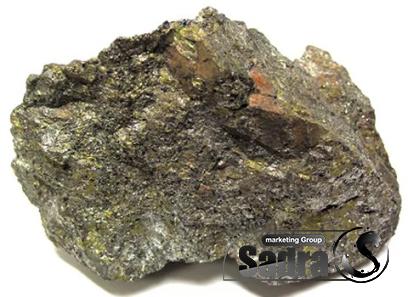
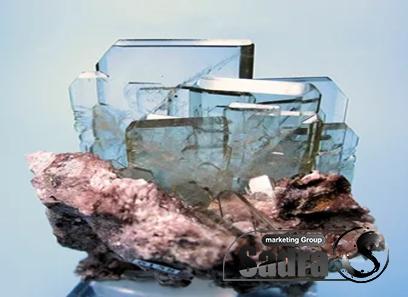
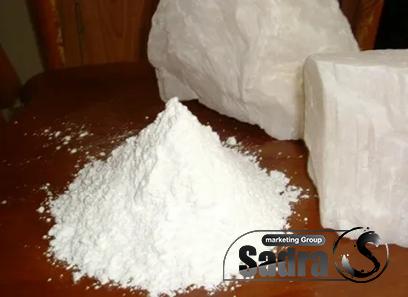

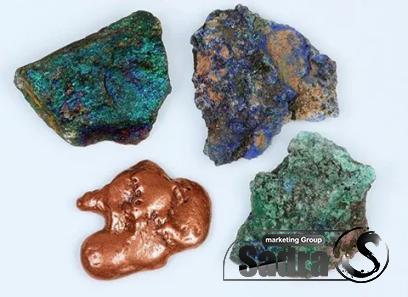

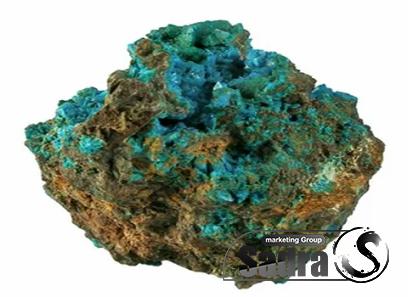

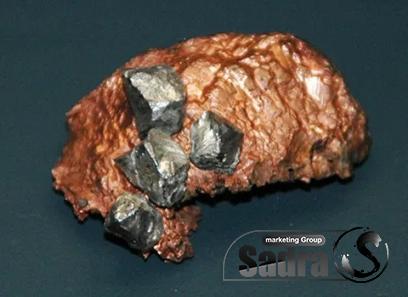

Your comment submitted.